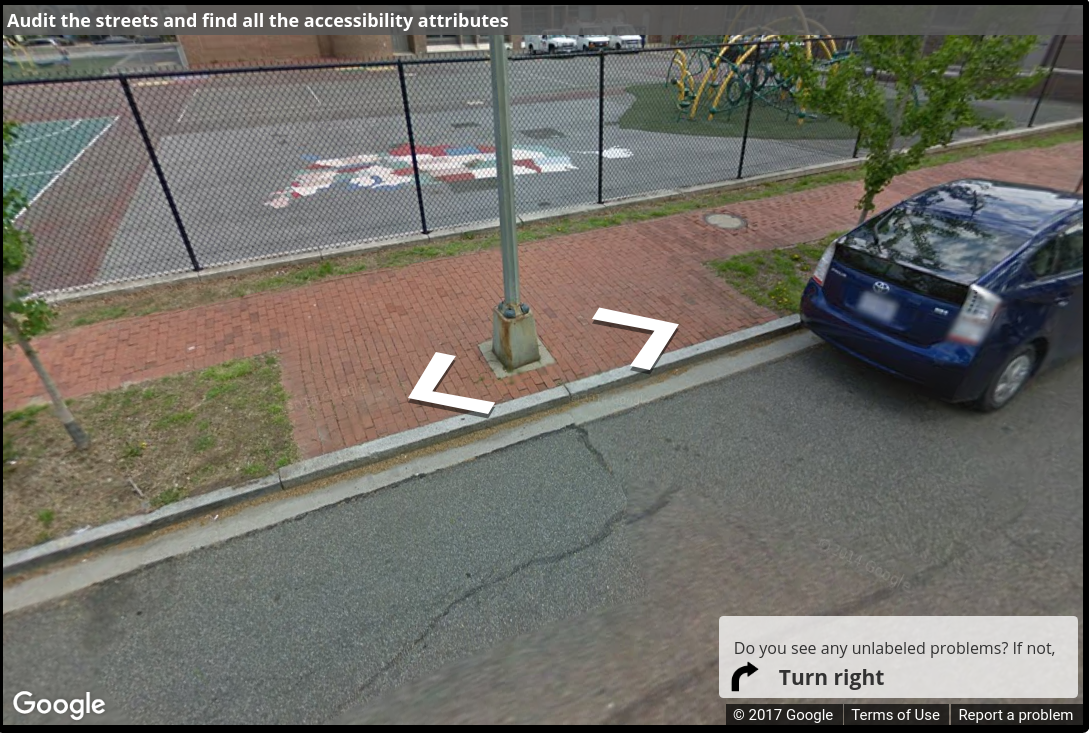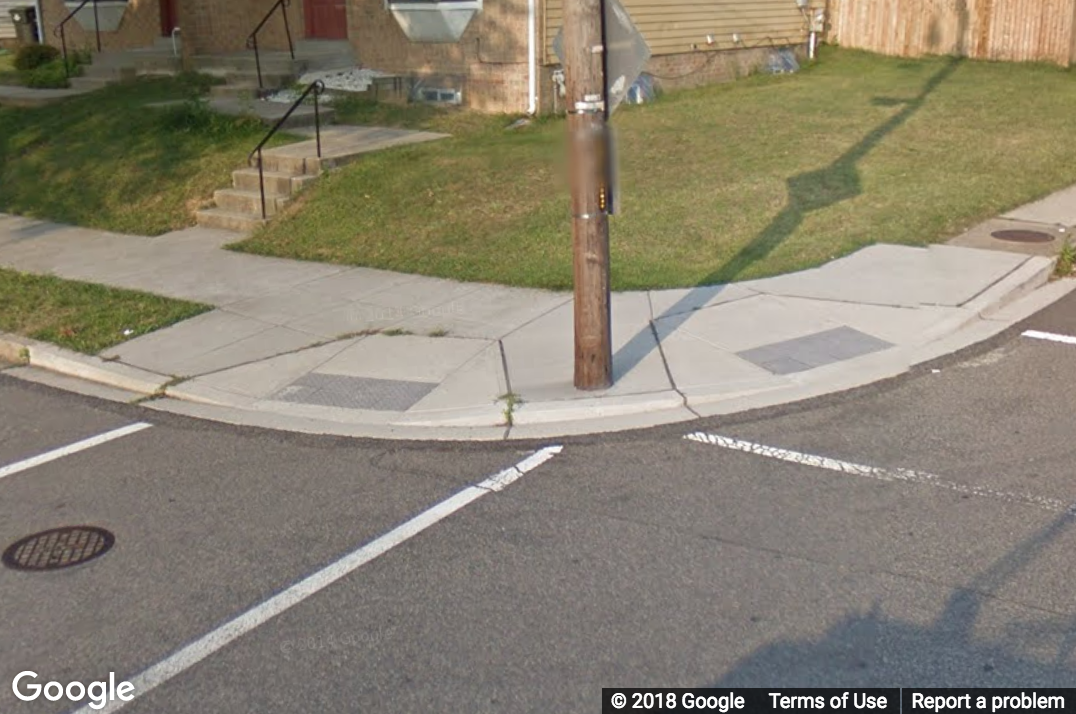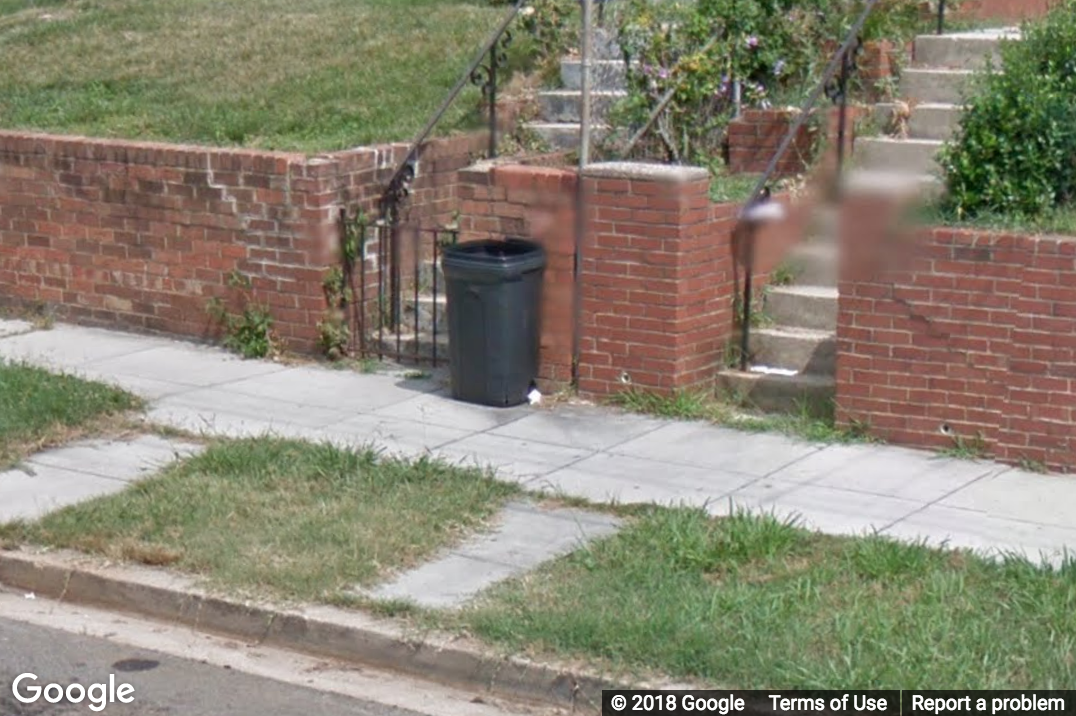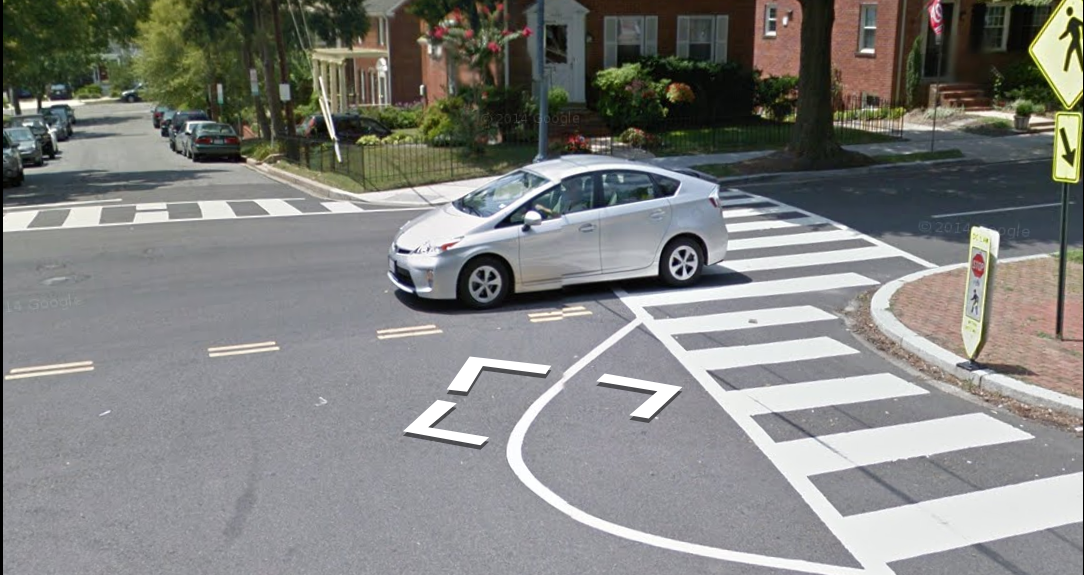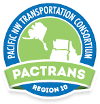Obstacles
「障礙物」是位於行人路徑上,直接阻擋通道的任何物體。 「美國身心障礙者法」(ADA)要求在無障礙路線上必須提供「清空的地板或地面空間」。這樣才可讓行人,尤其是助行器或輪椅使用者,安全地留在人行道或行人穿越道上。對於部分的用路人,為了避開障礙物而移離原路徑可能是無法做到的,或者可能導致站立不穩、跌倒或發生其他危險。 (ADA 305)
How should I mark an obstacle?

You should place labels at the base of the obstacle, which is any object that blocks a path. Placing a label any higher may make the lat-lng estimation inaccurate. Notice how the label on the lower left image that is not placed at the base of the tree has a lat-lng that is very far from the sidewalk (as seen in the mini map).
If there is a long stretch of construction, like in the example on the right below, you should place a temporary obstacle label at the beginning and end of the construction (in the same manner as in the Surface Problems section.
Severity should be higher for obstacles that cover more of the path, have less room for navigating around them, or would cause pedestrians that avoid them to put themselves into harm’s way (by going into traffic, going off the sidewalk, etc). There are more examples throughout this page.
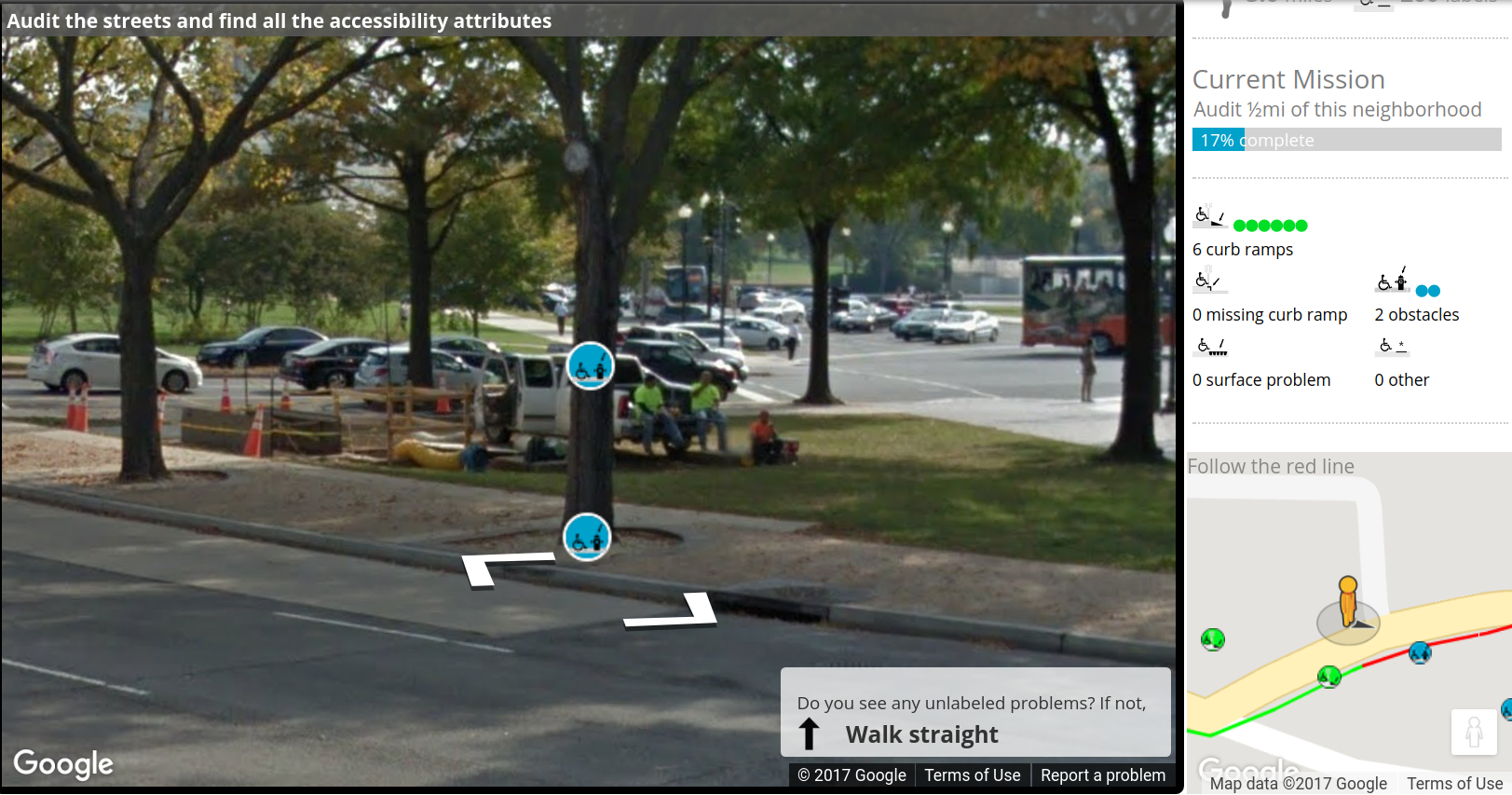
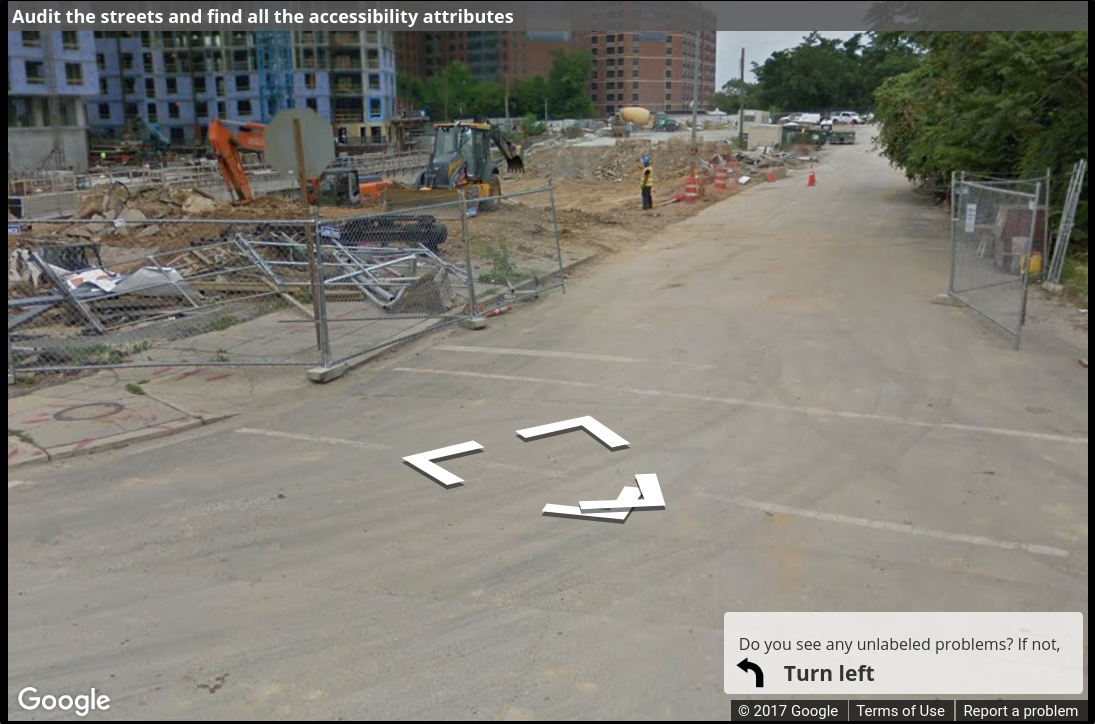
What do I do about permanent obstacles?

You should use an Obstacle label on any permanent fixture that is placed in the direct path of pedestrian routes. This could also include extreme instances of overgrowth or poles that are located (even partially) within curb ramp flares. Below are examples with various degrees of severity.
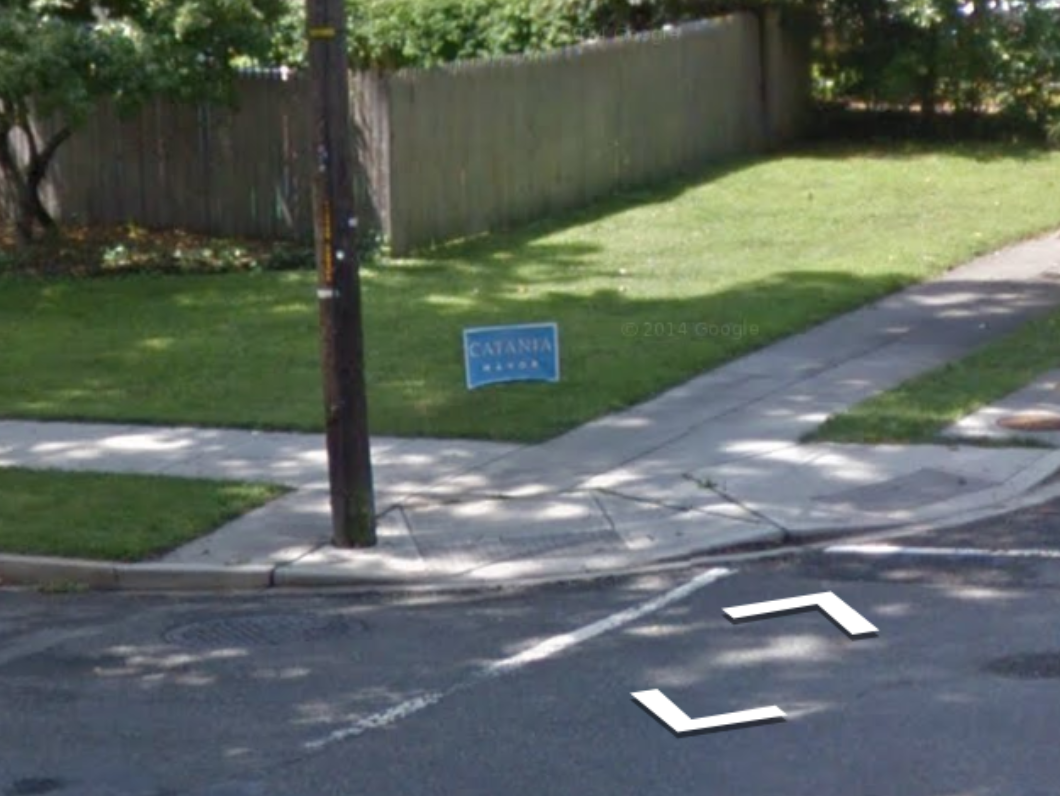
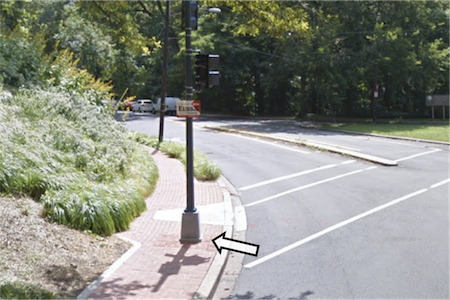

Do I label temporary obstacles as obstacles?

You should label temporary obstacles with the Obstacle label. Temporary obstacles are objects that are not part of the "built environment", such as construction, minor overgrowth, parked cars, and trash cans.
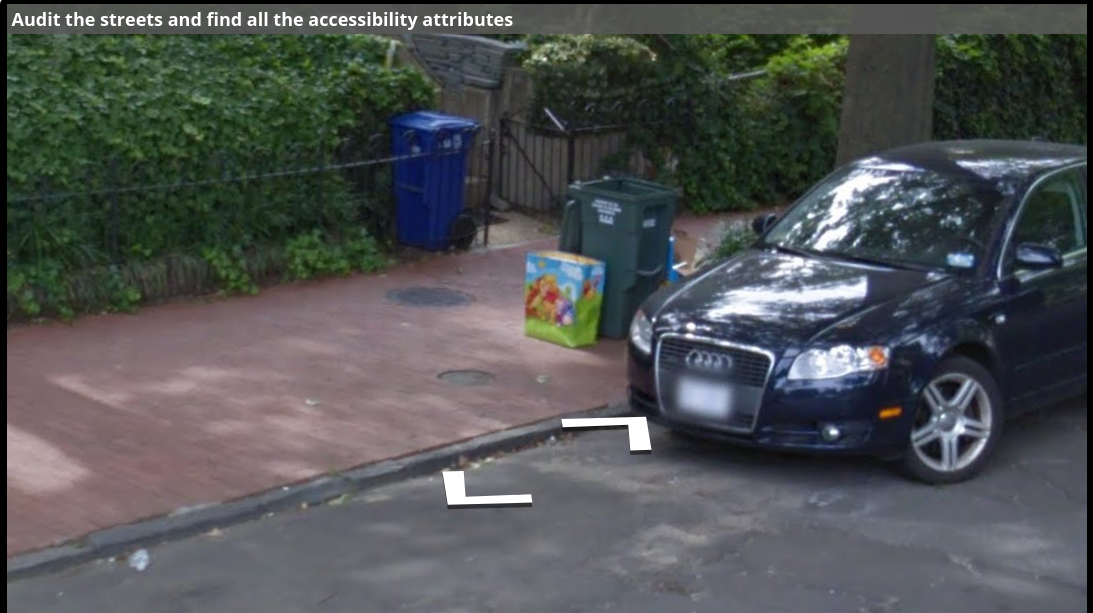
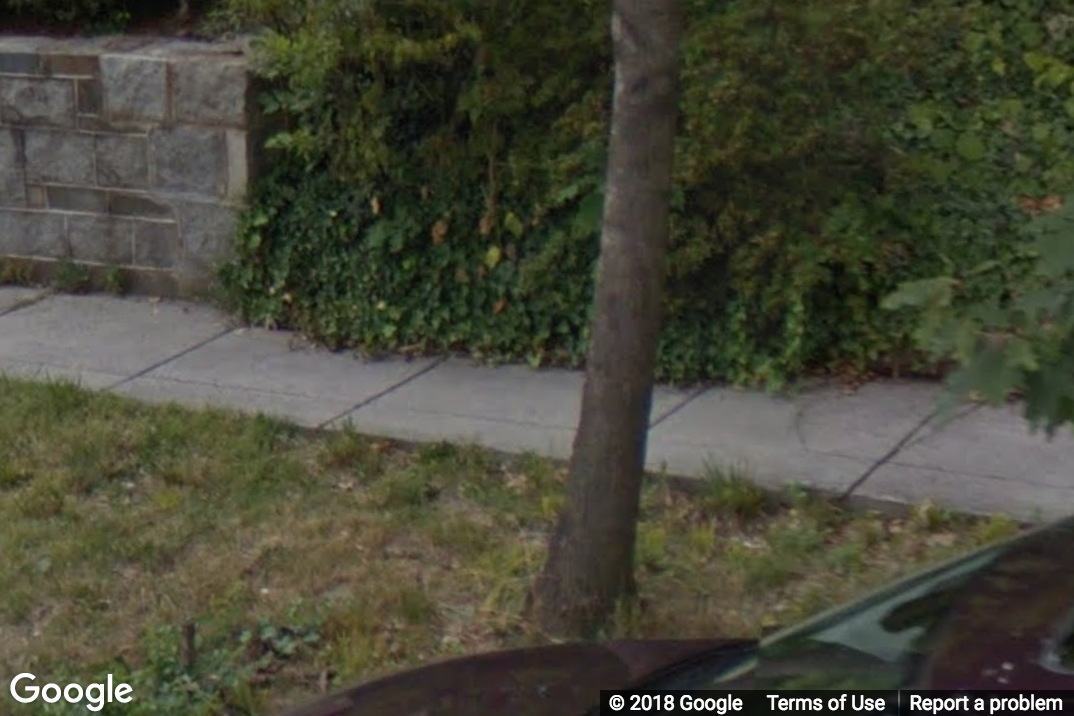
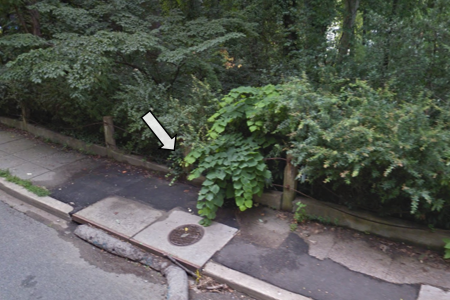
Do I label all objects as obstacles?

Any objects that are not directly on the path of a pedestrian route (as in the first three examples below) should not be marked as obstacles. Things like moving cars and pedestrians are not obstacles either, so these should not be marked.
